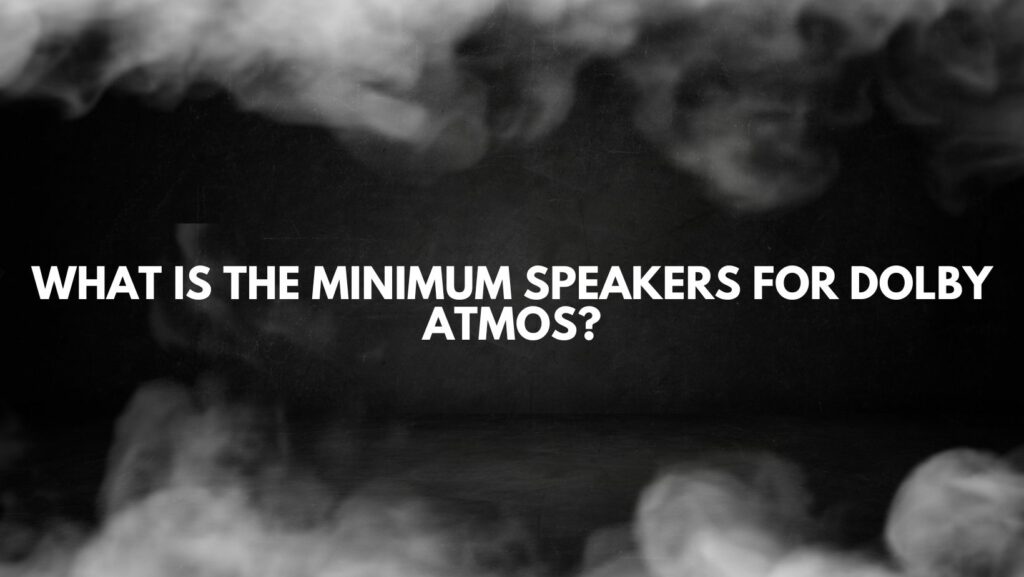Dolby Atmos, renowned for its ability to create a captivating three-dimensional audio experience, has revolutionized home entertainment sound. For enthusiasts eager to embrace this technology, a common question arises: What is the minimum number of speakers required for a Dolby Atmos setup? In this exploration, we unravel the essentials, guiding enthusiasts through the immersive world of Dolby Atmos with a focus on achieving a compelling auditory experience.
- Core Components of a Dolby Atmos System:
At its core, a Dolby Atmos system requires a minimum configuration of three speakers: a left and right channel, and a center channel. This is the foundation of a traditional surround sound setup. However, the distinctive feature of Dolby Atmos lies in the addition of height channels, which contribute to the vertical dimension of the audio experience.
- Minimum Configuration for Dolby Atmos:
To unlock the immersive qualities of Dolby Atmos, the minimum speaker configuration involves adding two height channels to the existing three-channel setup. This can be achieved with a 5.1.2 configuration, where “5” represents the traditional five-channel surround sound (front left, front center, front right, rear left, rear right), “1” denotes the subwoofer for low-frequency effects, and “2” signifies the two height channels for Dolby Atmos.
- Height Channel Options:
The two height channels crucial for Dolby Atmos can be implemented in various ways. The most common approach involves either in-ceiling speakers or Dolby Atmos-enabled speakers with integrated upward-firing drivers. This flexibility allows users to choose a setup that aligns with their room configuration and personal preferences.
- Versatility of Dolby Atmos-Enabled Speakers:
Dolby Atmos-enabled speakers are designed to simulate height channels without the need for ceiling installations. These speakers often have integrated upward-firing drivers that bounce sound off the ceiling, creating the illusion of overhead audio. This versatility is particularly advantageous for users seeking to embrace Dolby Atmos without significant structural modifications.
- Scaling Up for Enhanced Immersion:
While a 5.1.2 configuration represents the minimum requirement for Dolby Atmos, enthusiasts can scale up their setups for an even more immersive experience. Configurations such as 7.1.2, 9.1.2, or even 11.1.4 involve additional surround speakers and subwoofers, contributing to a richer and more dynamic audio environment.
- Optimizing Room Acoustics:
Regardless of the chosen configuration, optimizing room acoustics plays a crucial role in maximizing the benefits of Dolby Atmos. Strategic speaker placement, consideration of room dimensions, and calibration to achieve optimal audio dispersion contribute to a more authentic and immersive auditory experience.
Conclusion:
The minimum speakers required for Dolby Atmos, represented by a 5.1.2 configuration, provide a gateway to a transformative audio journey. Whether opting for in-ceiling speakers, Dolby Atmos-enabled speakers, or a combination of both, enthusiasts can embark on a cinematic adventure that adds a vertical dimension to their home entertainment experience.
As technology advances, Dolby Atmos continues to shape the landscape of home audio, and the minimum speaker requirements serve as a foundation for enthusiasts to build upon. With careful consideration of room dynamics and speaker placement, even the minimum configuration becomes a powerful gateway to the captivating world of three-dimensional sound.


